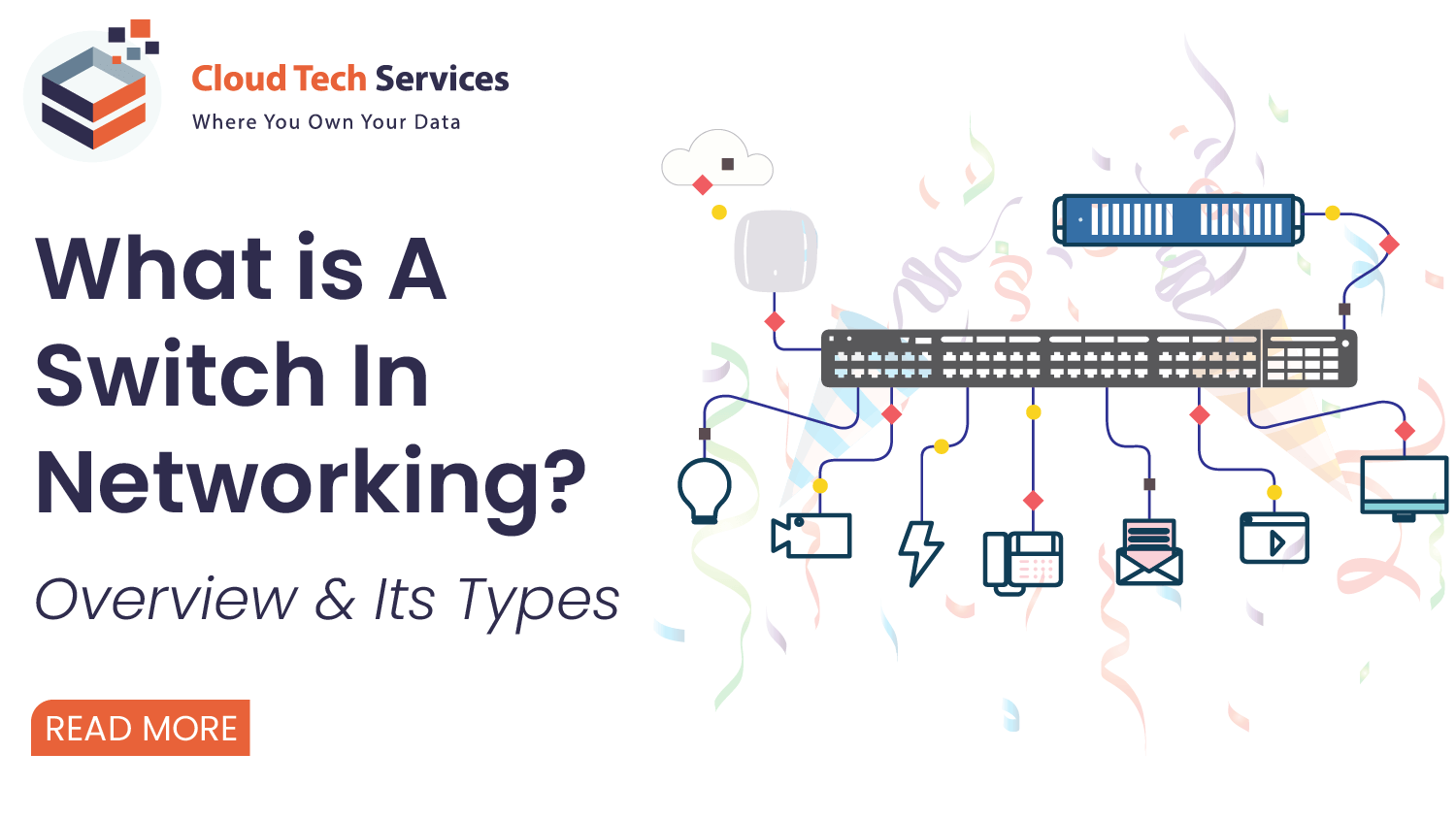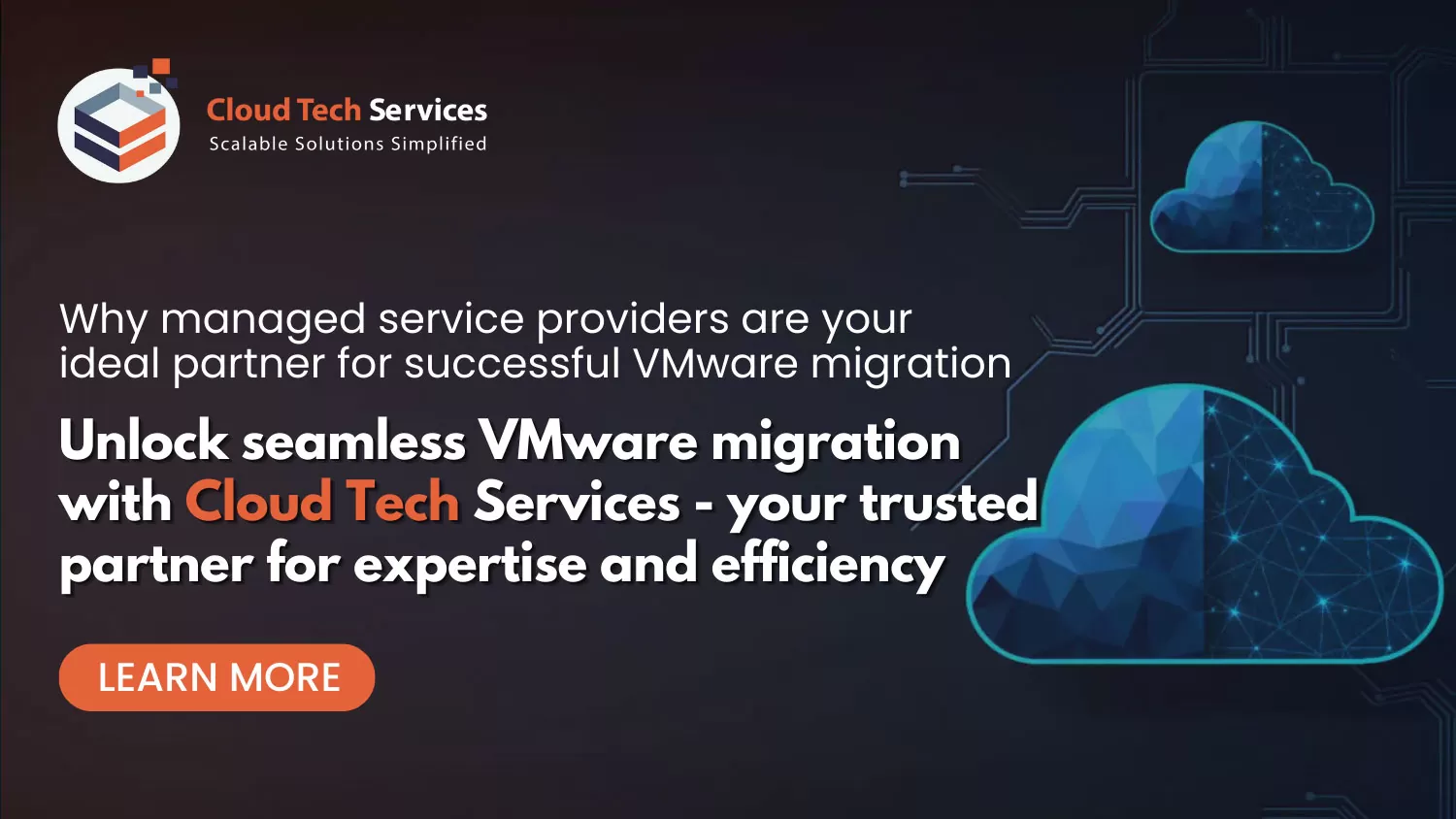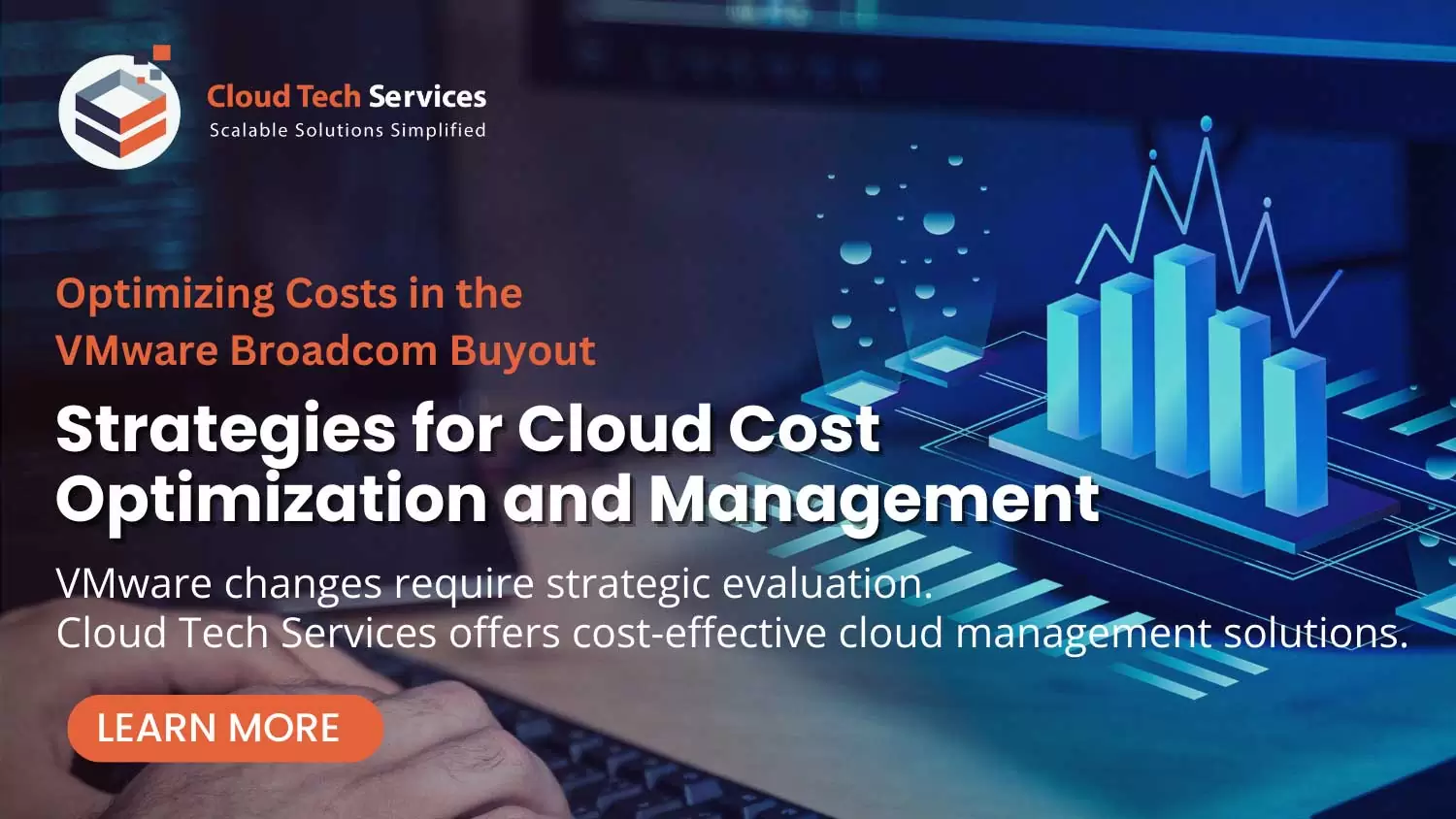- Home
- FAQs
Frequently Asked Questions
Below you’ll find answers to the most common questions you may have on CTS. If you still can’t find the answer you’re looking for, just Contact us!
Managed Service Providers (MSPs) are third-party companies that handle your IT needs and functions. MSPs are strategic partners who manage a company’s IT operations by increasing IT agility and decreasing fixed expenses. Outsourcing to managed service providers is becoming increasingly popular as more businesses realize the numerous benefits of doing so.
- Scalability
- Low cost and little downtime.
- Proven Experts Take a Preventive Approach
- Data Compliance in a Narrow Business Focus
- Relationships You Can Trust
- 24/7 Technical Support
An MSP frees up your IT crew to focus on more important tasks for your company. The general view of IT specialists is that they do trivial fixes and inquire whether you’ve switched it off and on again. While this may be true in certain firms, it is clearly an inefficient use of IT resources. Managed services may assist with process redesign, equipment upgrades, and job automation. This relieves your staff of the burden of daily processes, allowing them to focus on creativity.
- Improved storage infrastructure security.
- Stronger compliance for more efficient operations
- New clients benefit from lower operational costs.
- Management of your storage account has been simplified.
- Frictionless innovation is essential for corporate development.
To understand how cloud monitoring works, we must first investigate the technologies that it employs. The earliest and most often used tools are in-house and are provided by the cloud provider. Many businesses choose this option since it comes pre-packaged with the cloud service, requiring no installation and allowing for simple connection. Another alternative is to use separate tools provided by a SaaS vendor. Although this is a realistic alternative because SaaS providers are professionals in managing the performance and cost consumption of a cloud architecture, it might occasionally offer integration challenges and higher prices.
Application performance monitoring (APM) is a set of tools and processes meant to assist IT professionals in ensuring that corporate applications provide the performance, dependability, and value user experience (UX) that workers, partners, and customers expect. Application performance monitoring is a subset of the broader term application performance management.
While application performance monitoring is just concerned with tracking an application’s performance, application performance management is concerned with the wider idea of regulating an app’s performance levels. Monitoring, in other words, is a component of management.
Virtualization monitoring is the act of assessing and monitoring virtual machines and infrastructure in real-time to offer you with the most accurate and up-to-date information. It delivers live changes to teams, aids in the prevention of performance concerns, and mitigates potential hazards.
The process of providing and implementing software updates is known as patch management. These patches are frequently required to fix faults or mistakes (sometimes known as “vulnerabilities” or “vulnerabilities” in the program. Operating systems, applications, and embedded devices are frequently in need of fixes like network equipment. A patch can be used to correct a vulnerability that is discovered after a piece of software has been released. By doing this, you may assure that none of the resources in your ecosystem are open to exploitation.
A storage area network (SAN) architecture may be operated, managed, and maintained thanks to a number of procedures, techniques, tools, and technologies. A storage area network (SAN) architecture may be operated, managed, and maintained thanks to a number of procedures, techniques, tools, and technologies. In managing and maintaining a SAN infrastructure, it is a wide phrase that makes use of a layered approach that moves from the lower hardware level to the top software level.
Using encryption and authentication methods, a VPN establishes a secure “tunnel” over which data may be transmitted. Businesses frequently utilize VPN connections because they enable employees to remotely access private business networks while working outside the office in a more secure manner. Laptops and other distant devices can function as though they are connected to the same local network thanks to a VPN. Using simple setup tools, many VPN router devices can handle hundreds of tunnels at once, guaranteeing that all employees have access to corporate data wherever they are.
The day-to-day management of these networks is the responsibility of network and computer system administrators. They plan, set up, and provide maintenance for a company’s computer systems, including LANs, WANs, network segments, intranets, and other systems for data transmission.
Hardware and software are the two main categories of the interdependent elements that make up the components of IT infrastructure. Software, like an operating system, is used by hardware to function. Similarly, an operating system controls hardware and system resources. Using networking components, operating systems connect software applications with physical resources as well.
The use of SAN switches enables the construction of massive, high-speed storage networks that link hundreds of machines accessing petabyte-scale data. A SAN switch, in its most basic form, controls traffic flow between servers and storage units by inspecting data packets and sending them to the right places. A SAN (storage area network) is a network of storage devices that can be accessed by multiple servers or computers, providing a shared pool of storage space. Each computer on the network can access storage on the SAN as though they were local disks connected directly to the computer.










